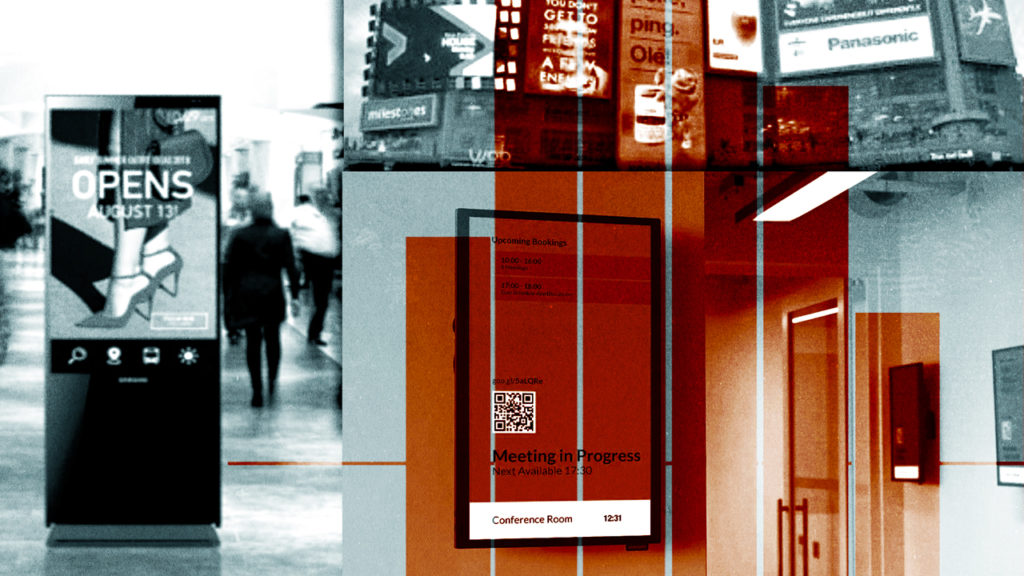According to eMarketer, this year, digital out-of-home (DOOH) ad spending will account for one-third of total US OOH ad spending, increasing by 1.6 percent to reach $2.72 billion.
As more and more direct-to-consumer (D2C) brands invest in outdoor advertising, the researcher expects the figure to rise by 19.2 percent in 2021.
DOOH has significantly grown since 2015, when its share of total OOH was just 17 percent, about half of what it is today, says eMarketer.
By 2023, 42 percent of all US outdoor ad spending will come from DOOH.
Digitized outdoor displays have gained momentum in recent years, as Outfront Media saw the number of total digital displays in its US portfolio during 2017 to 2019 jump from 1,693 to 7,266. Whereas Lamar Advertising reported 335 new digital outdoor ad units in 2019, with the intention to add another 250 DOOH displays in 2020.
Insight from Outdoor Advertising Association of America (OAAA) reveals that during the first half of 2020, in the US, there were 7,847 digital transit displays, 5,830 digital shopping mall-based ad units and 5,742 digital street furniture outdoor ads.
During the first half of 2020, the number of digital billboards, the most common type of DOOH ads, in the US reached 9,600, a 43.3 percent increase since 2016.
EMarketer estimates DOOH ad spending will reach $3.84 billion in 2023.
The expansion of 5G networks has enabled brands to utilize artificial intelligence (AI) to create more targeted DOOH campaigns, says Grand Visual chief creative officer Dan Dawson. For example, McDonald’s used data on weather and the time of day to present messages on DOOH ads in the morning to remind passersby how long until breakfast finishes, and on sunny days to promote ice cream sundaes.

